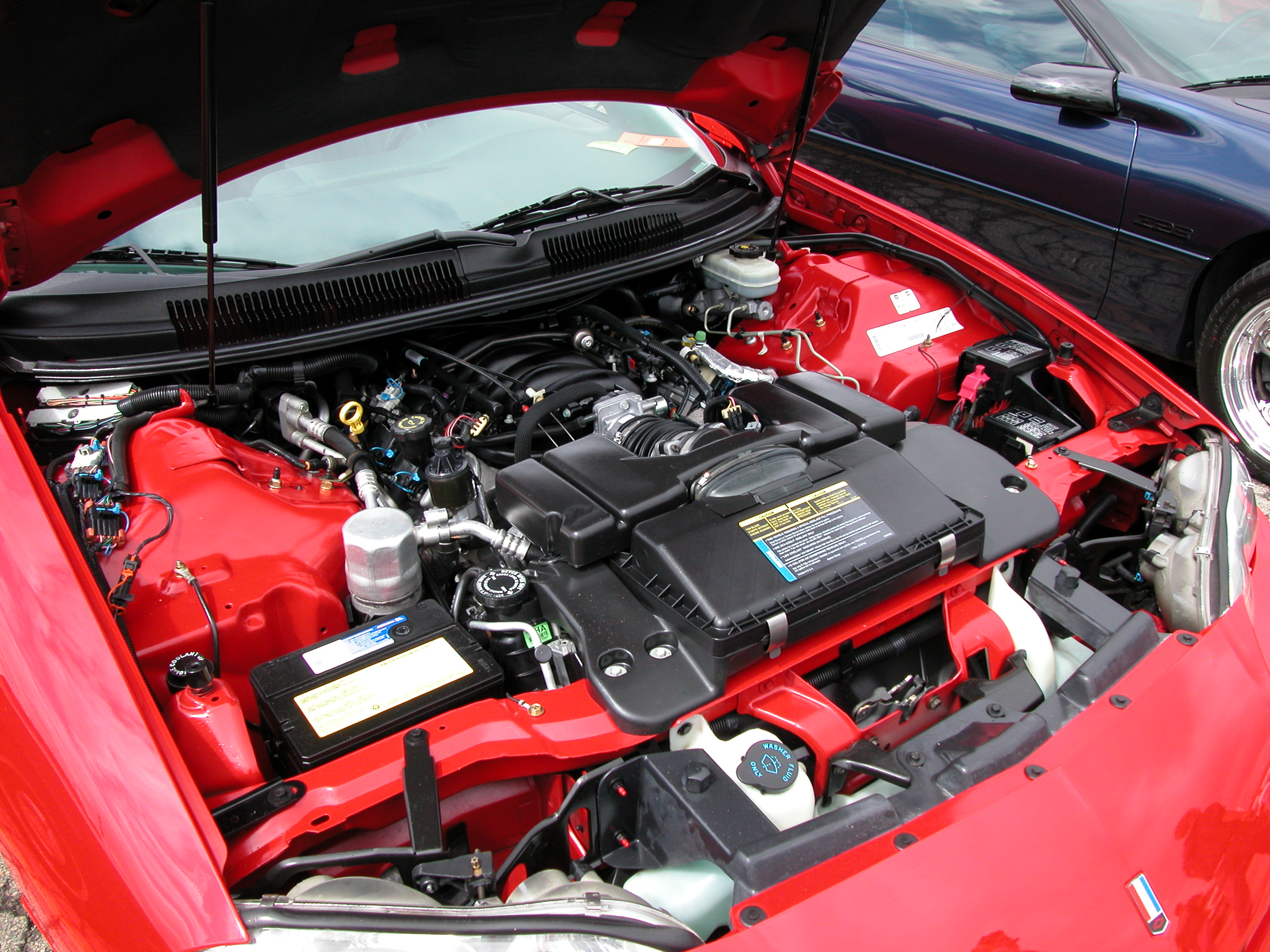When it comes to engine swaps, few topics ignite more excitement among car enthusiasts than the pursuit of the perfect powerplant. Whether you’re restoring a barn-find classic, building a restomod, or crafting a wild custom build, the engine you choose is more than just a source of power—it’s the heart and soul of the project.
While electric swaps are gaining momentum, nothing quite beats the roar and torque of a legendary V8. Here are five classic internal combustion engines that have stood the test of time and still make exceptional choices for modern engine swaps.
1. Ford Coyote – Modern Power in a Classic Shell
Ford’s Coyote 5.0L V8 is a modern engine that pays homage to classic Ford performance. This aluminum-block motor, available as a crate engine from Ford Performance, is rated at 460 horsepower and 420 lb-ft of torque.
Lightweight and responsive, it makes an ideal choice for swapping into vintage Mustangs, Fairlanes, and even old-school pickup trucks. With a weight of just 445 pounds and modern features like twin independent variable cam timing (Ti-VCT), the Coyote brings modern refinement to old-school muscle.
One of the biggest benefits of the Coyote is ease of integration, especially when installed into Ford vehicles. Ford even sells plug-and-play wiring harnesses, minimizing the need for extensive fabrication.
Although it carries a premium price (around $10,575), what you get is a clean, emissions-friendly, high-revving V8 that breathes new life into your project car. If you’re restoring a Blue Oval classic but want 21st-century performance, the Coyote is a no-brainer.
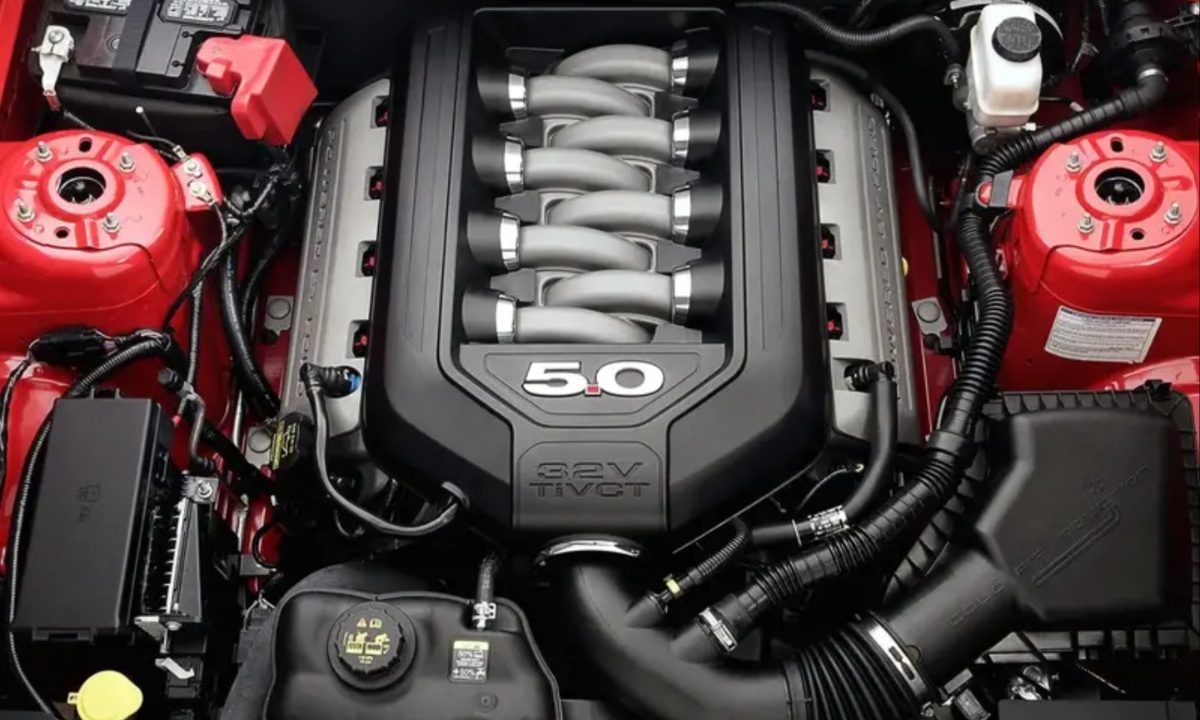
2. Chevy LS – The Go-To Engine for Builders Everywhere
The Chevrolet LS engine family has earned a near-mythical reputation in the car community. Thanks to its compact size, relatively light weight, and endless aftermarket support, the LS has become the default choice for engine swaps, regardless of the original make or model of the car.
From 240SXs to RX-7s to BMWs and, of course, vintage Chevys, the LS can be found under the hood of just about everything.
Base models like the LS3 offer 430 horsepower, while the supercharged LS9 from the C6 ZR-1 Corvette delivers an eye-watering 638 horsepower. What makes the LS series so attractive is its modular nature.
Whether you’re looking for a budget-friendly used engine or a brand-new crate motor, there’s an LS for every price point. For builders chasing reliable horsepower with nearly unlimited tuning potential, the LS continues to reign supreme.
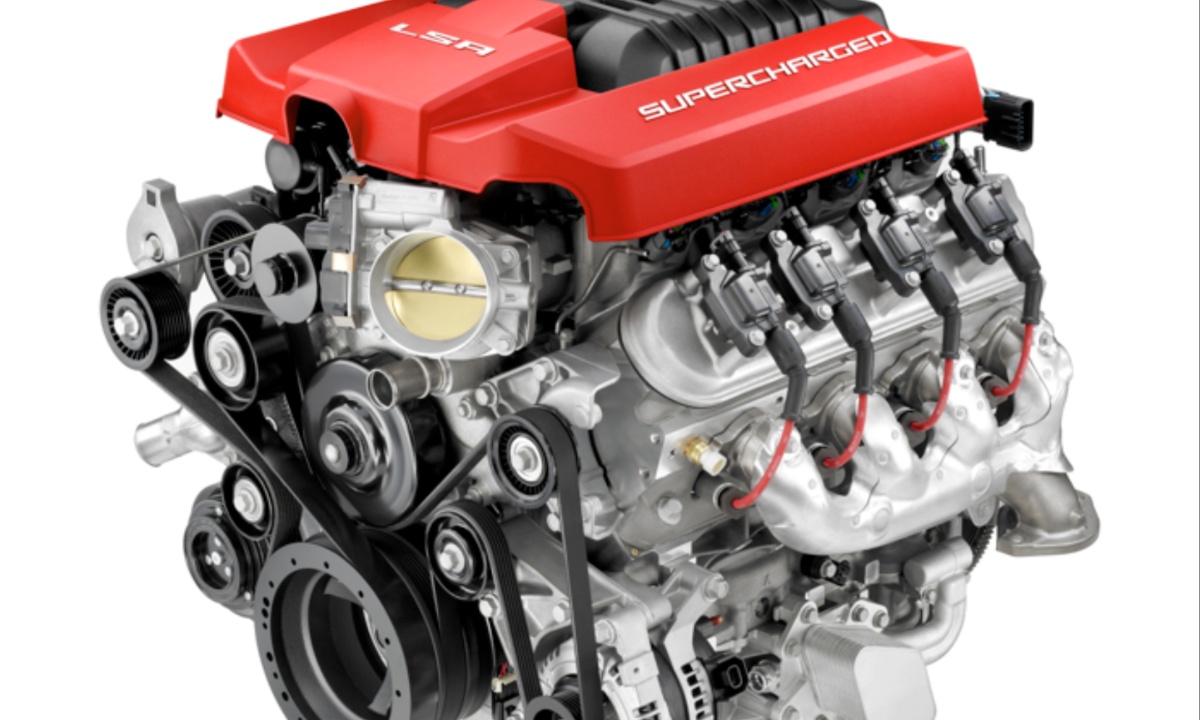
Also Read: 5 Cars That Pass Emissions Every Time and 5 That Constantly Fail
3. Mopar Hellcrate – Factory Supercharged Thunder
Mopar’s Hellcrate Redeye, the heart of the Dodge Hellcat, is the ultimate plug-and-play monster for builders looking to go nuclear. With 807 horsepower and 717 lb-ft of torque from a supercharged 6.2L V8, this engine screams performance, and Mopar is more than happy to ship it straight to your garage.
Costing around $21,807, the Hellcrate isn’t cheap, but what you’re getting is OEM-backed insanity ready to drop into your project.
Featured in wild builds like the 1968 Dodge Charger “General Mayhem” from MotorTrend’s Roadkill, the Hellcrate has become synonymous with unapologetic excess.
More than just horsepower, it offers factory reliability and drivability, making it a solid option for builders who want high output without going full custom. The Hellcrate is a love letter to classic American muscle—but dialed up for the modern era.
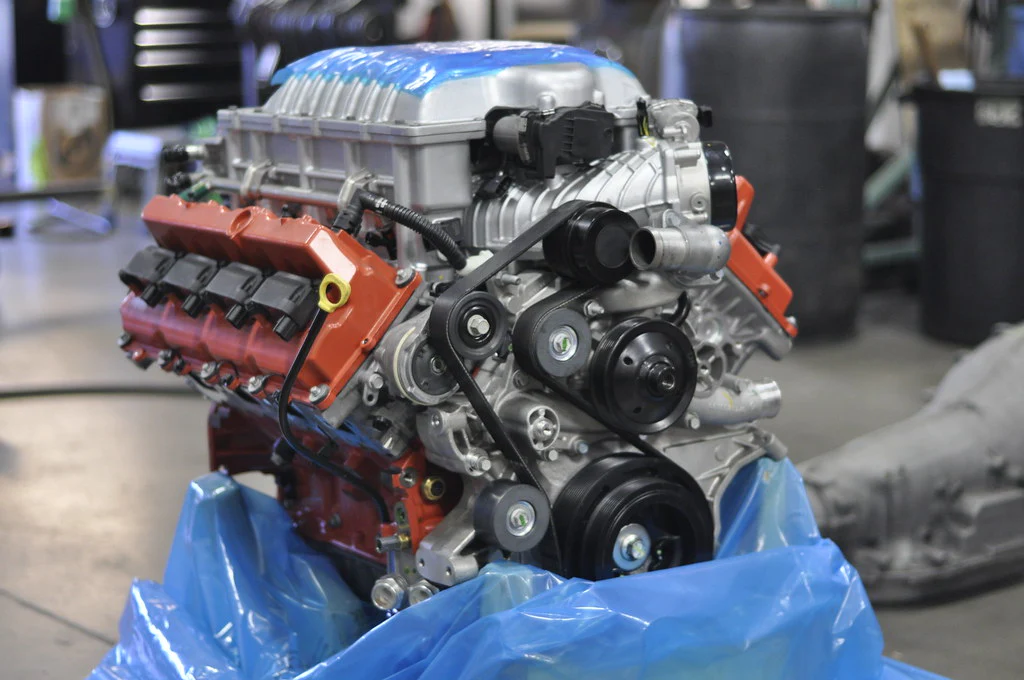
4. Chevy Small Block – The Legendary Workhorse
The Chevy Small Block is perhaps the most iconic American engine ever made. Since its introduction in 1955, this engine has powered everything from Camaros and Corvettes to custom hot rods and even non-Chevy builds.
Its reputation comes from a combination of bulletproof reliability, ease of modification, and near-universal parts availability. Whether it’s a 283, 327, or the legendary 350 cubic inch variant, the Small Block is a staple of the engine swap world.
What makes the Small Block special for today’s builders is its availability and affordability. You can still buy brand-new versions from Chevrolet, and countless aftermarket companies offer full engine assemblies or individual parts.
If your budget’s tight, chances are you can find one on Craigslist, eBay, or even at the junkyard. The sheer scale of support for this engine ensures that even after six decades, it remains a top-tier choice for anyone seeking classic power in a proven package.
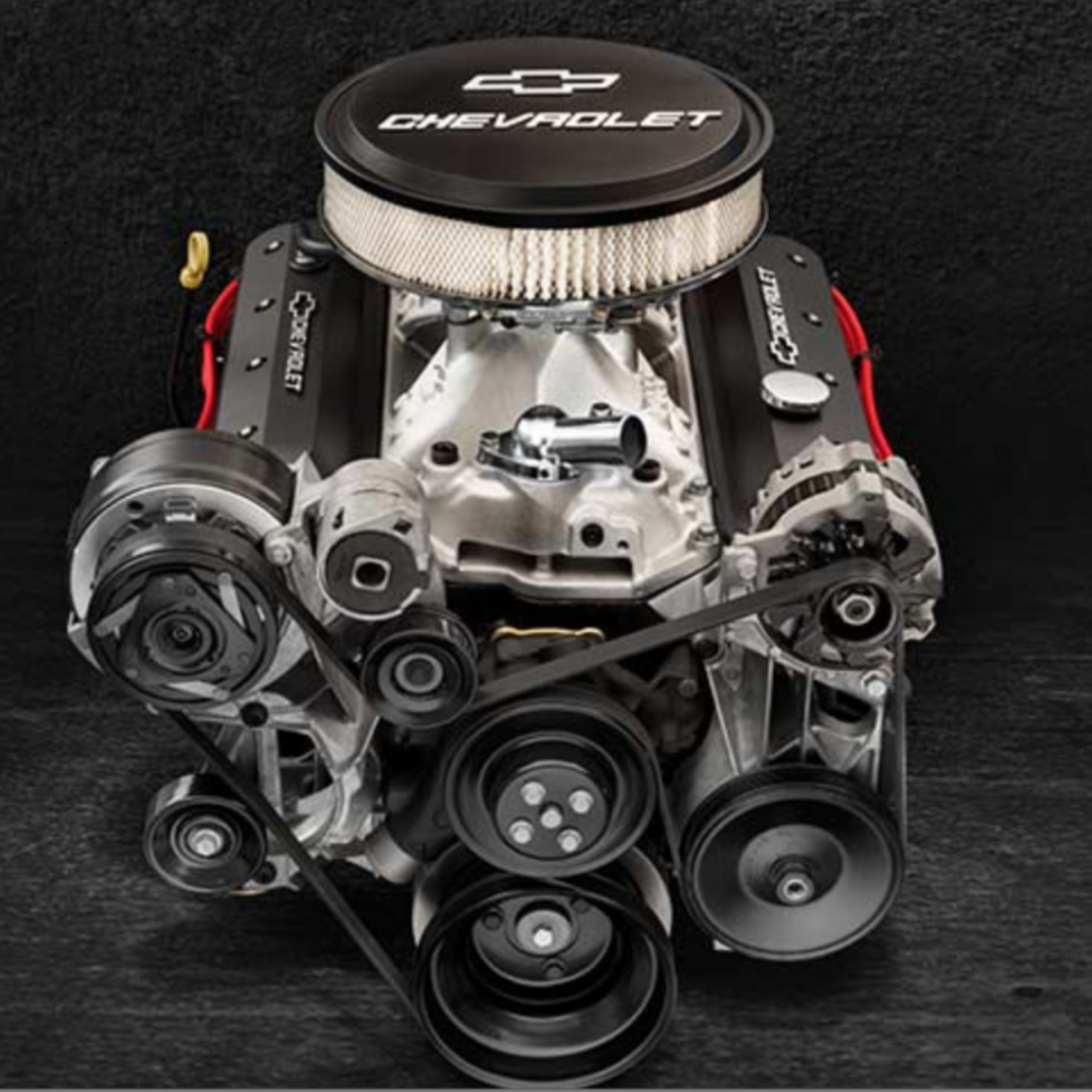
5. Mopar Hellephant – The Ultimate Engine Statement
If you want to make headlines at the drag strip or simply melt tires at will, Mopar’s Hellephant is your ultimate weapon. This 426 cubic inch (7.0L) supercharged V8 cranks out an astonishing 1,000 horsepower, earning it a reputation as one of the most extreme crate engines ever released. Priced at $29,995, it’s definitely an investment—but for serious builders, it’s an instant legend.
The Hellephant brings back the glory of the original 426 HEMI but adds a modern twist with aluminum construction and compatibility with Mopar’s wiring kits.
It’s designed for pre-1976 vehicles, meaning it’s tailor-made for builds like the Charger, Challenger, Barracuda, and more. And yes—it comes with a warranty. For builders chasing hypercar performance in a muscle car body, there’s nothing else like the Hellephant. It’s more than an engine—it’s a mechanical declaration of war.
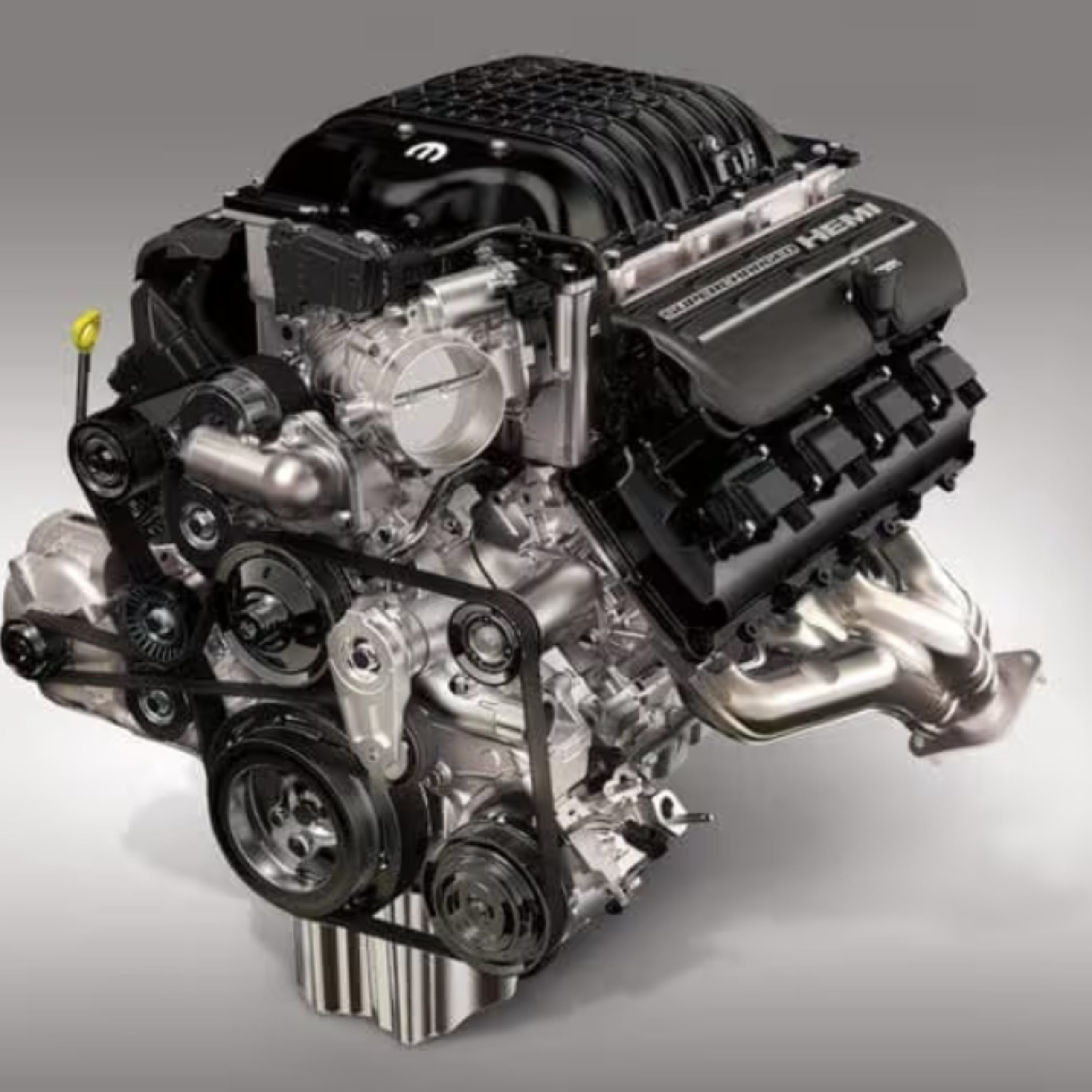
While the golden age of factory V8s may be waning, the spirit of performance swapping lives on stronger than ever. These five engines—from the budget-friendly Chevy Small Block to the unhinged Mopar Hellephant—demonstrate just how alive the engine swap culture still is. Whether you want OEM reliability, track-ready performance, or jaw-dropping horsepower, there’s a classic engine out there for your next build.
As the world pivots to electrification, these engines remain icons of internal combustion’s peak. They offer builders a direct line to the past while delivering the performance of today. Whether you’re resurrecting a rusted shell from a field or refining a decades-old classic, these five engines are ready to give your project the heart it deserves—and then some.
Also Read: 5 Cars That Rarely Need a Mechanic vs 5 Always in the Shop

